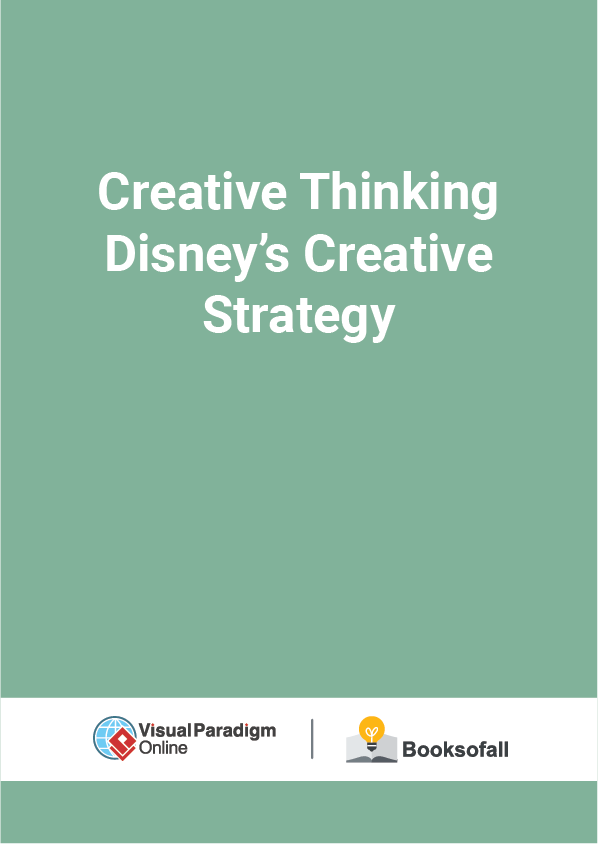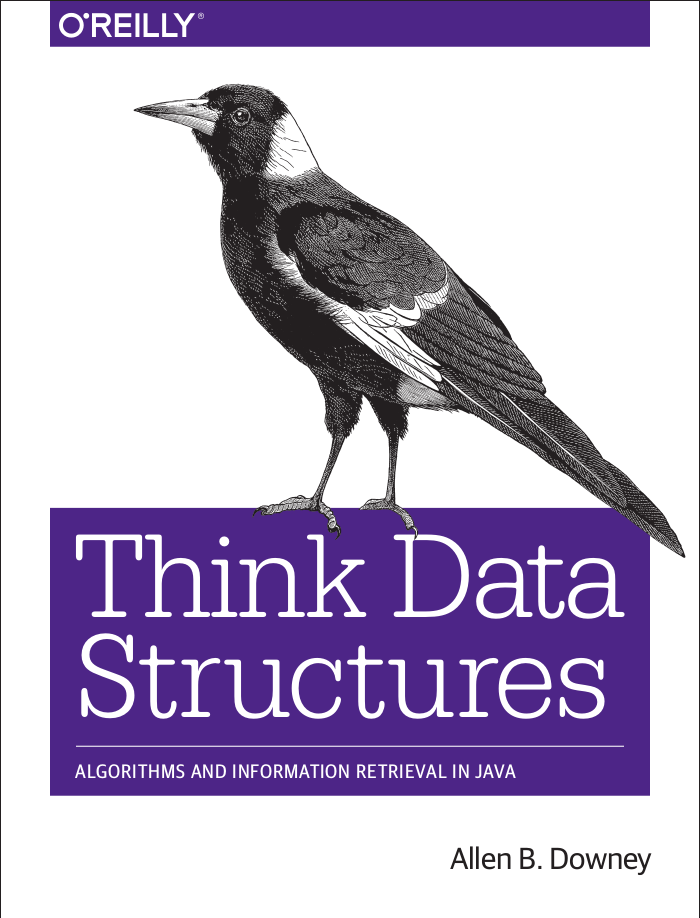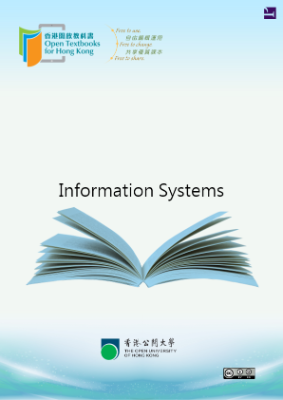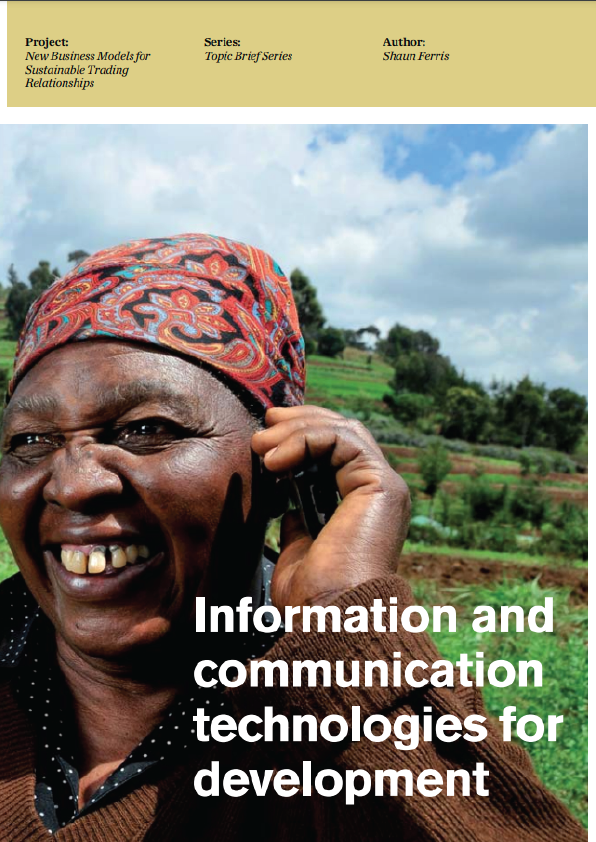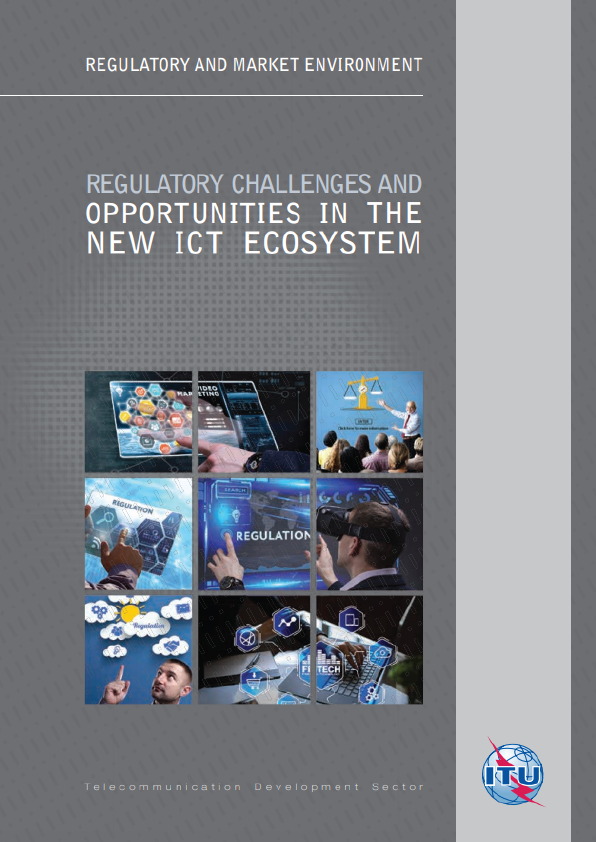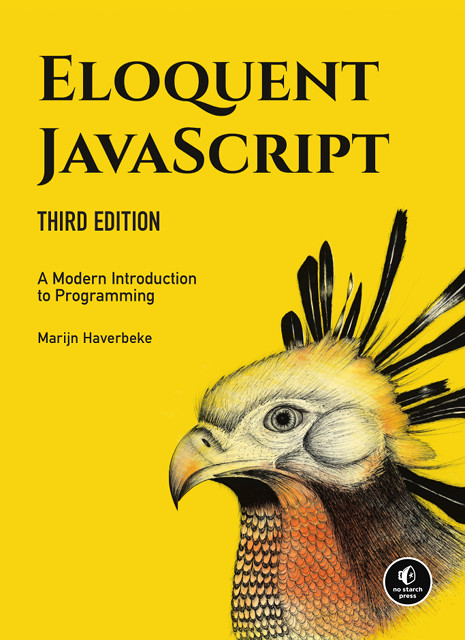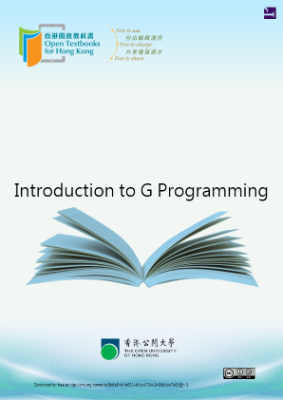Creative Thinking: Disney’s Creative Strategy
6-8 minutes
If I told you that mice are cute, lions can sing, and old houses can fly, all of which have a market value of 100 billion US dollars, you may dismiss them. Walt Disney has become a name in popular entertainment that needs no introduction.
The Disney Creativity Strategy (also known as Disney Brainstorming Method or Disney Creativity Method) that created this 100 billion kingdom was proposed by Robert Dilts in1994. It has provided an effective roadmap for the incubation of many products and projects for thirty years. The Disney strategy includes three steps to help individuals and teams identify project goals, clear paths, and avoid risks as shown in the Venn diagram below.
Edit this Disney’s Creative Strategy template
“ Creativity as a total process involves the coordination of these three sub processes: dreamer , realist, and critic . A dreamer without a realist cannot turn ideas into tangible expressions. A critic and a dreamer without a realist just become stuck in perpetual conflict. The dreamer and a realist might create things, but they might not achieve a high degree of quality without a critic. The critic helps to evaluate and refine the products of creativity.”
Robert B. Dilts, Strategies of Genius: Volume 1
Disney’s Creativity Thinking Process
Disney’s strategy works owing to the strict separation of three roles — to generate ideas, evaluate ideas, construct and critique a plan of action structured in three thinking styles: dreamers, realizers, and critics. Disney’s Creativity Thinking Process bridges the gap between imagination and reality.
The creative process unlocks the mind’s capabilities to dream and form unexpected ideas and solutions for existing problems. However, these solutions may not be applicable in reality and may not be applied as a strategic plan. Therefore, one of the advantages of Disney’s creative strategy method is balancing both dream and reality in order to build a viable layout.
The three thinking styles are – dreamers, realizers, and critics.
1. In the first thinking style, the group thinks as dreamers to brainstorm ideal solutions. They use divergent thinking to conceive creative and radical ideas.
2. In the next mode, the group adopts a realizer viewpoint. They act as pragmatic realists and use convergent thinking to review the ideas left by the dreamers. They select the best idea and construct a plan for it.
3. The final viewpoint is that of critics. They review the plan made by the realists in order to identify weaknesses, obstacles or risks. They seek to improve the plan.
DREAMER – The dreamer’s wild imagination opens the door to creativity. Many people say that I am not creative. In fact, more often, we are restricted by ourselves or the environment.
How-To be a Dreamer? – What dreamers care about?
- “Give yourself 15 minutes to freely describe your dream time”
- If everything is possible, without any restrictions, without any pressure, how do you describe your vision, your career, your business, your life, your next step?
- What will give you passion and what will make you feel happy?
- If your dreams come true, what will you see and what will you gain? Try to imagine in your mind how your dreams come true.
Answer the above questions as carefully as possible. At this stage, you do not need to consider whether it is feasible or not. The most important thing is to freely describe your imagination. Don’t rush to deny yourself.
